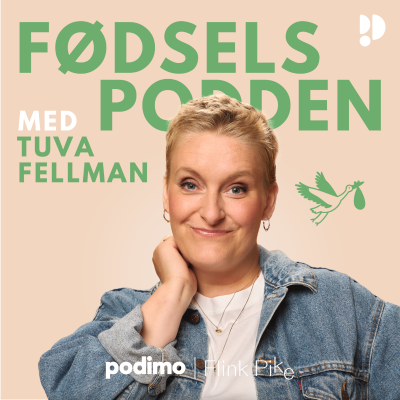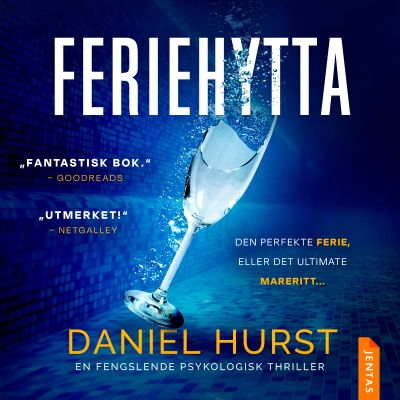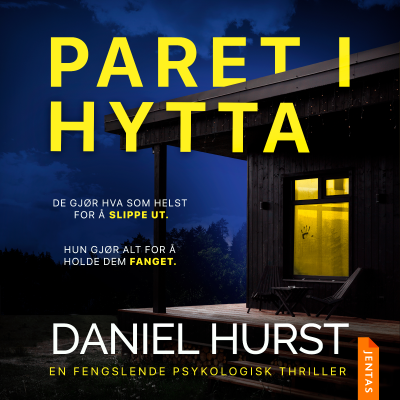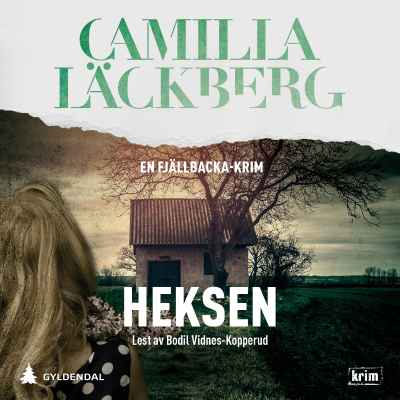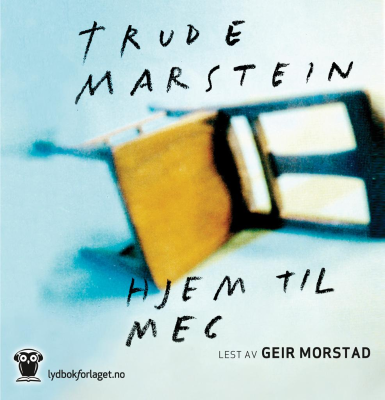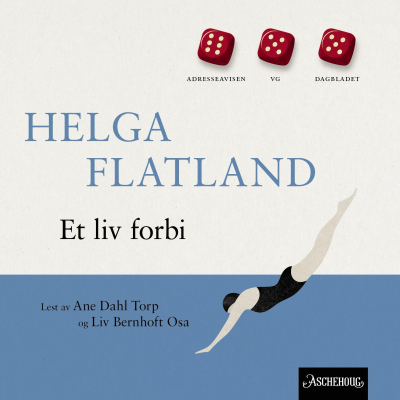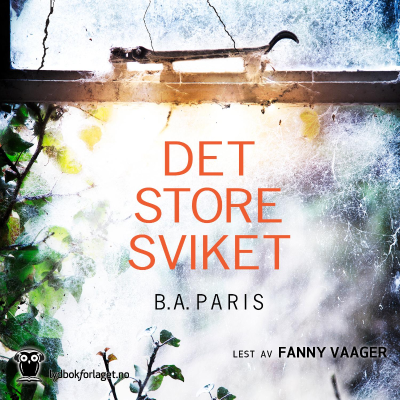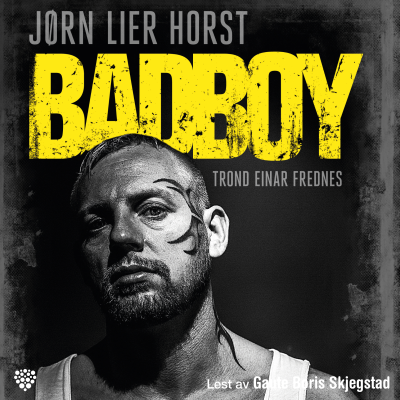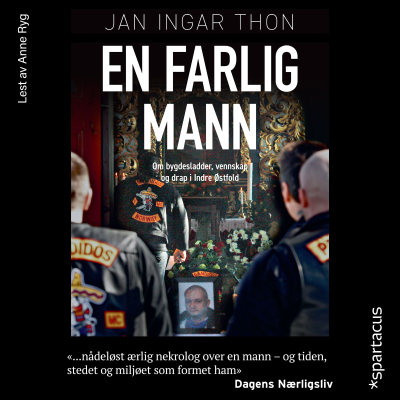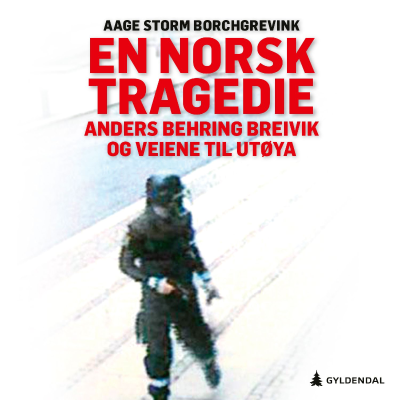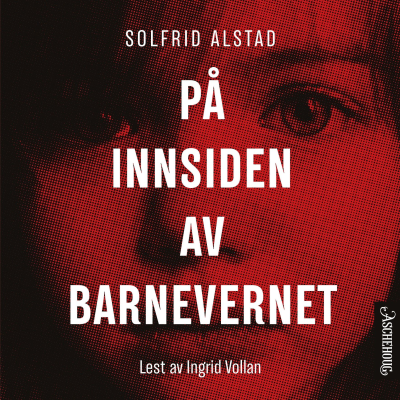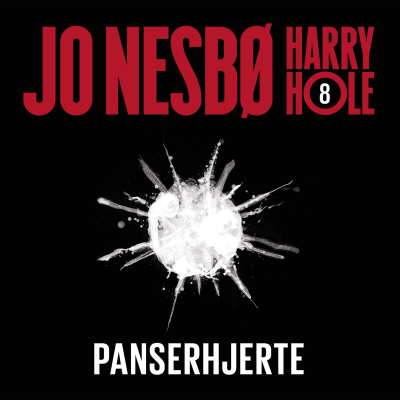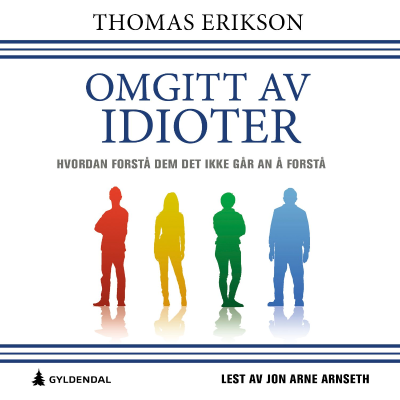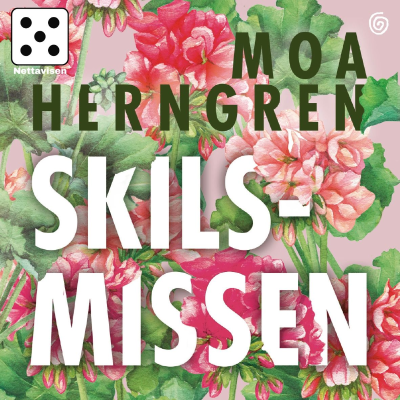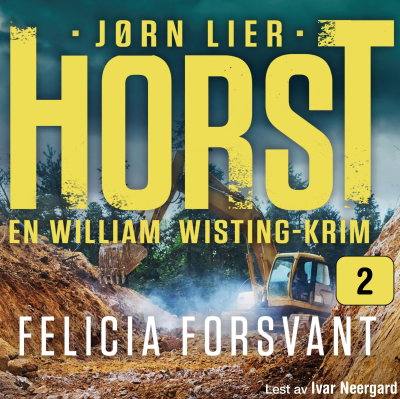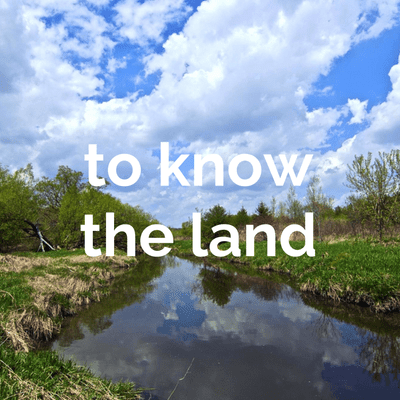
to know the land
Podkast av byron
A show about relationships with the landbase, striving to evoke resilience, resistance, and reverence for the land. Interviews with authors, researchers, activists and students of the land.
Prøv gratis i 7 dager
99,00 kr / Måned etter prøveperioden.Avslutt når som helst.
Alle episoder
137 EpisoderGrey Treefrogs (Hyla versicolor) are my favorite frog species at the moment. They are cute little colour changing, antifreeze laden, Lichen-Spirits who really belt it out when trying to find a date. I have been hearing them pretty much nightly lately, screaming their short trill all over nearly every wetland I encounter as long as it is fairly adjacent to trees. Because of their powerful calls permeating my late night waking life, I have been wanting to take a deeper dive. Hope you enjoy! To learn more : The Dermal Chromatophore Unit by Joseph T. Bagnara, John D. Taylor and Mac E. Hadley [https://pmc.ncbi.nlm.nih.gov/articles/PMC2107474/pdf/67.pdf]Metamorphosis by Peter B. Mills. Self-published, 2016. Energetics of vocalization by an anuran amphibian (Hyla versicolor) [https://link.springer.com/article/10.1007/bf00685209] Taigen, T.L., Wells, K.D. J Comp Physiol B 155, 163–170 (1985). https://doi.org/10.1007/BF00685209 Familiar Amphibians & Reptiles of Ontario by Bob Johnson. Natural Heritage, 1989.Reptiles and Amphibians of Toronto : Biodiversity Series pamphlet [https://www.toronto.ca/wp-content/uploads/2020/05/965b-City-Planning-Reptiles-and-Amphibians-of-Toronto-Biodiversity-Series.pdf] (pdf) Amphibians and Reptiles of the Great Lakes Region by James H. Harding & David A. Mifsud. University of Michigan Press, 2017. After the Ice Age by E. C. Pielou. University of Chicago Press, 1991.
It started with a little hole at the base of an Eastern White Cedar (Thuja occidentalis) tree, and a couple of seeds. Who had collected and consumed the contents of the seeds? What about the feathers? And the boney remnants of bill? Join me as I go deep down a Deer Mouse (Peromyscus maniculatus) hole. To learn more : Mammal Tracks and Sign by Mark Elbroch and Casey McFarland. Stackpole Books, 2019. Natural History of Canadian Mammals by Donna Naughton. Canadian Museum of Nature and University of Toronto Press, 2012. Bird Feathers by David Scott and Casey McFarland. Stackpole Books, 2010. Animal Skulls by Mark Elbroch. Stackpole Books, 2006.
I have been excited about Song Sparrows (Melospiza melodia) for a while. Theirs was one of the first complex songs I learned to identify, and being such a common neighbour on the landscape it’s hard to go a few days without hearing them, even in Winter, but especially in the Spring. While out today, I came across a couple Song Sparrow tracks in the silt newly laid down by the receding Eramosa River flood waters and it pricked my interest to dig in a little deeper to this common figure in my life. To learn more : Song Sparrow tracks on Inaturalist [https://www.inaturalist.org/observations/269049660] Bird Tracks and Sign by Mark Elbroch and Eleanor Marks. Stackpole Books, 2001. Bird Song : Identification Made Easy by Ernie Jardine. Natural Heritage, 1996. Peterson Field Guide to North American Bird Nests by Casey McFarland [https://www.toknowtheland.com/podcast/ep168], Mathew Monjello & David Moskowitz. HMH, 2021. Baby Bird Identification : A North American Guide by Linda Tuttle-Adams. Cornell University Press, 2022.Birds of Forest, Yard, & Thicket by John Eastman. Stackpole Books, 1997.
I have found sign of three dead White-tailed Deer in the past three weeks. One, killed by Coyotes. Another, hit by a vehicle, found on the side of the highway. And also, I found a White-tailed Deer leg while trailing a Coyote. All of these encounters have been teaching me a lot about the legs of the deer and I wanted to look a little bit deeper into these moments, and to share the stories. I go on to detail what I have been learning about the legs, especially in the context of the hind legs, about the glands located there. Of course, you can read the blog post, or you can learn a little bit more from listening to the show. Enjoy! To learn more: Glands on a White-tailed Deer Leg [/blog/glands-on-a-white-tailed-deer-leg] blog post The Deer of North America by Leonard Lee Rue III. The Lyons Press, 1997. Deer (The Wildlife Series, Book 3) edited by Duane Gerlach, Sally Atwater & Judith Schnell. Stackpole Books, 1995. Deer of the Southwest by James R. Heffelfinger. Texas A&M University Press, 2006. Biology and Management of White-tailed Deer Edited by David G. Hewitt. CRC Press, 2011. What The Toes Show - A question of deer hooves [https://www.toknowtheland.com/blog/whatthetoesshow] - another blog post Mammal Tracks and Sign by Mark Elbroch and Casey McFarland. Stackpole Books, 2019.
Fishers aren’t known as an urban adapted species. They tend to avoid our built up landscapes and prefer landscapes of mature forests comprised of appropriate denning habitat such as old trees with cavities and lots of course woody debris (think of big piles of dead branches and fallen logs), characteristics not usually found in urban forests. Because of this Fishers avoid our cities… or so we thought. Sage Raymond is a researcher who studies urban adapted Coyotes in Edmonton. While out checking some trail cams intended to catch Coyotes on the landscape, she happened across a Fisher trail in the snow, in a small wooded area along the North Saskatchewan River. Later confirmed with footage from one of the remote cameras, Sage realized that this was a very unusual circumstance. Thankfully she wrote a paper about it and I had to read it, and, again, thankfully, she agreed to talk about her findings on the show. There is a link to the paper below. To learn more: Ep. 159 : Tracking Urban Adapted Coyote Ecologies with Sage Raymond [/podcast/ep159] Sage Raymond’s Research Gate profile [https://www.researchgate.net/profile/Sage_Raymond] Sage Raymond’s instagram [https://www.instagram.com/raisedbyfieldguides/] Fisher Use of an Ecological Corridor Near the City Center of Edmonton, Canada, A City of Over One Million People [https://www.eaglehill.us/URNAonline2/access-pages/077-Raymond-accesspage.shtml] by Sage Raymond and Colleen Cassady St. Clair. Urban Naturalist, No. 77 (2025). Pictorial Guide of Important Fisher Habitat Structures in British Columbia [https://www.bcfisherhabitat.ca/wp-content/uploads/2020/11/fisher-habitat-photo-guide-20170210-1.pdf] (pdf)
Prøv gratis i 7 dager
99,00 kr / Måned etter prøveperioden.Avslutt når som helst.
Eksklusive podkaster
Uten reklame
Gratis podkaster
Lydbøker
20 timer i måneden





